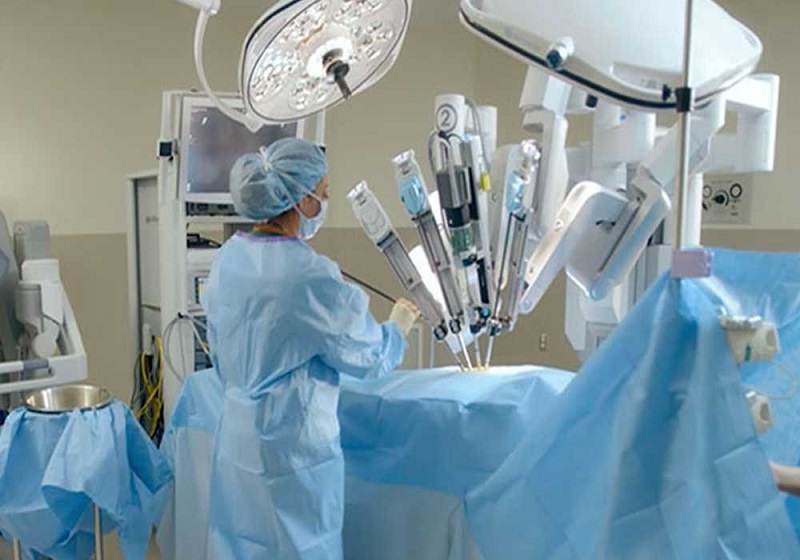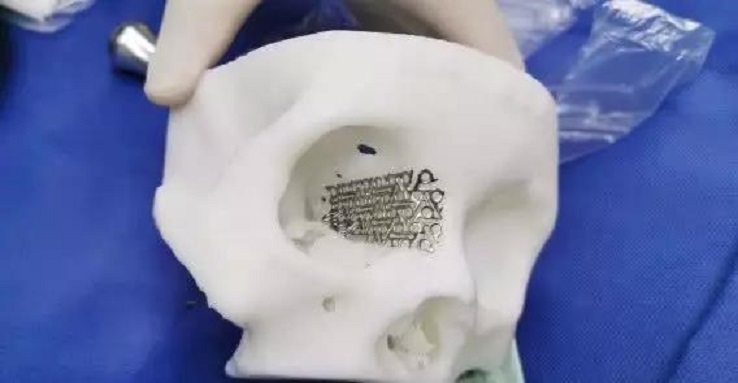Application of Titanium Alloys in the Repair of Orbital Fracture Defect

Application of Titanium Alloys in the Repair of Orbital Fracture Defects
In recent years, with the increasing incidence of industrial trauma and traffic accidents, more and more patients suffer from orbital fractures. The bone of the orbital wall is weak, and bone defects are prone to occur after fractures. It is necessary to use biological materials to replace the missing bone tissue to reconstruct the orbital structure. In the past, the materials used to repair the orbit were mainly autologous bone, hydroxyapatite, bioactive glass, silica gel, etc., but they all had defects of varying degrees and were prone to complications such as displacement and infection. In the early 1990s, the application of titanium alloys in the repair of orbital fracture defects solved those problems.

Application of Titanium Alloys in the Repair of Orbital Fracture Defects
Advantages of Titanium Alloy as an Orbital Repair Material
1. Good Biocompatibility
There is a dense inert oxide film on the surface of the titanium alloy. It is this oxide film that makes the titanium alloy have good biocompatibility and can reduce the probability of infection after implantation in the human body.
2. Light in Weight
Titanium alloy has high strength and is lightweight. After being implanted in the human body, it can reduce the load on the human body and also reduce the operating load of medical staff.
3. Low Elastic Modulus
Titanium alloy has the elastic modulus closest to the human body's natural bones and excellent wear and corrosion resistance. It can be processed and molded into a shape that matches the edge of the bone defect, and it is not easy to loosen after healing.
4. Convenient for Postoperative Review
Titanium alloy is non-magnetic and has no effect on CT, MRI, and other scans. The image quality is good and it is convenient for postoperative review.
Problems of Titanium Alloy as an Orbital Repair Material
Since the first successful application of titanium mesh in orbital repair in 1990, titanium mesh has been used as a filling and internal fixation material to repair the orbital wall and orbital floor defects.
However, the irregular shape and smooth surface of the titanium mesh are easily wrapped by fibrous tissue, which may promote the high-density distribution and adhesion of inflammatory cells and may cause the dissolution of adjacent bone.
Because the edge of the titanium mesh is sharp and has a certain degree of hardness, the titanium mesh is easily obstructed by the surrounding tissues if the surgical incision is small, and it is difficult to insert into a predetermined position, and it may even cause iatrogenic injury during the insertion process.
In addition, due to the thinness of the titanium mesh, it is unable to correct the ocular inset which is prone to occur in the later stage of orbital and midface fractures.
The structure of the orbit is too complicated. In recent years, although there have been more studies dedicated to repairing orbital fracture defects, it has not yet reached the ideal repair standard. With the rapid development of medical technology, the problem will definitely be overcome!
Conclusion
Thank you for reading our article and we hope it can help you have a better understanding of the application of titanium alloys in the repair of orbital fracture defects. If you want to know more about titanium and titanium alloys, we would like to advise you to visit Advanced Refractory Metals (ARM) for more information.
Headquartered in Lake Forest, California, USA, Advanced Refractory Metals (ARM) is a leading manufacturer & supplier of refractory metals & alloys across the world. It provides customers with high-quality refractory metals & alloys such as titanium, titanium alloys, tungsten, molybdenum, tantalum, rhenium, and zirconium at a very competitive price.
{{item.content}}
LEVE A REPLY
{{item.children[0].content}}
{{item.content}}






